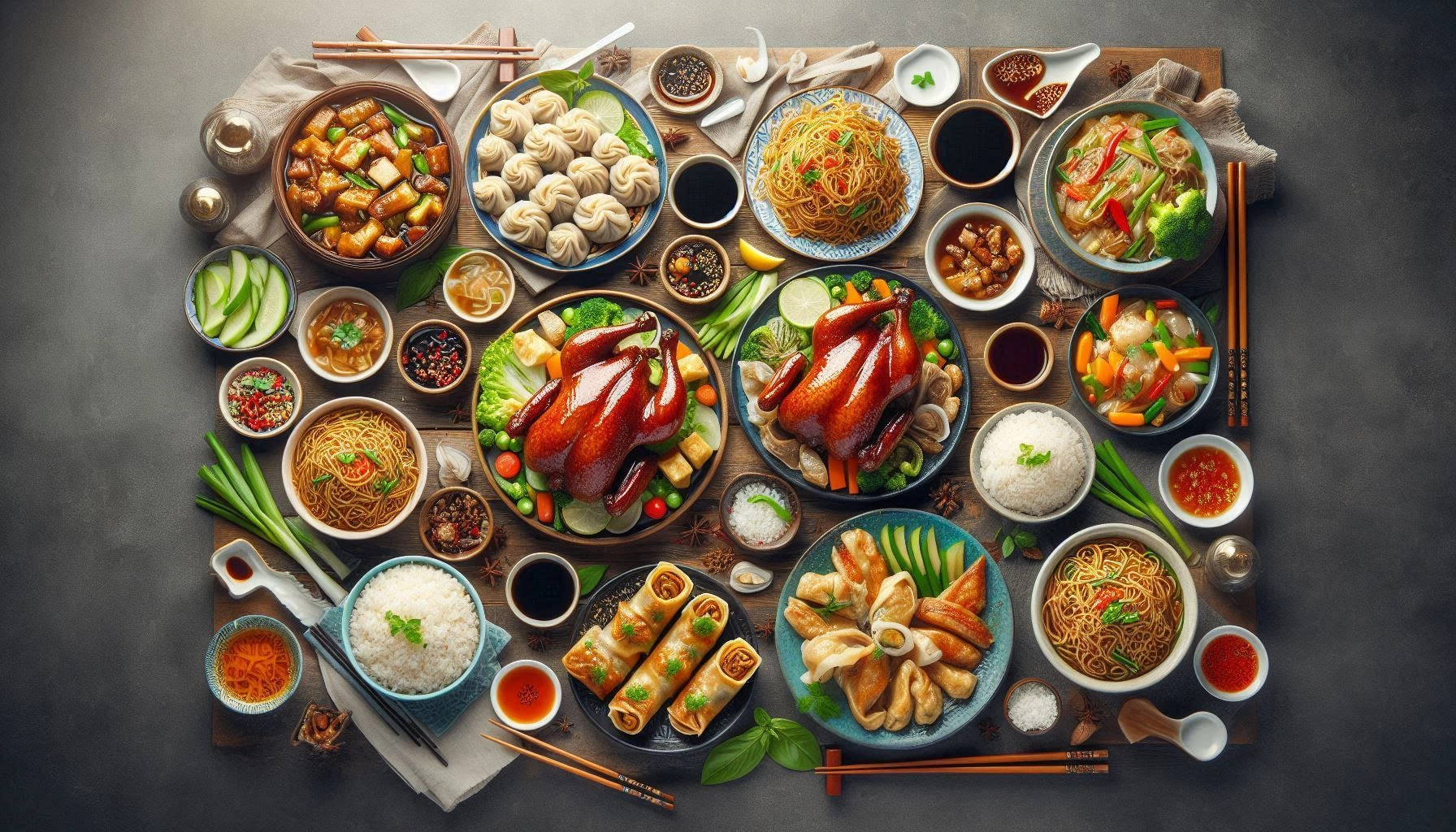When studying for the HSK, integrating aspects of Chinese cuisine can provide a unique and engaging way to enhance your vocabulary and grammar skills. Chinese cuisine, with its rich history and diverse flavors, offers a wealth of vocabulary and cultural insights that are beneficial for HSK learners.

Vocabulary Building with Chinese Dishes
Learning the names of different Chinese dishes and ingredients can significantly expand your vocabulary. For example, knowing words like 饺子 (jiǎozi) - dumplings, 麻婆豆腐 (mápó dòufu) - Mapo tofu, and 春卷 (chūnjuǎn) - spring rolls, not only adds to your food-related lexicon but also helps in everyday conversations and HSK reading comprehension.
Key Vocabulary Words:
- 饺子 (jiǎozi) - Dumplings
- 麻婆豆腐 (mápó dòufu) - Mapo tofu
- 春卷 (chūnjuǎn) - Spring rolls
- 米饭 (mǐfàn) - Rice
- 面条 (miàntiáo) - Noodles
Grammar in Culinary Context
Understanding how to use these vocabulary words in sentences is crucial. For instance, practicing sentence structures such as "我喜欢吃饺子 (Wǒ xǐhuān chī jiǎozi)" - I like to eat dumplings, can improve your grammar skills. You can also practice using various tenses and modifiers to describe your culinary preferences or cooking methods, aligning with the HSK grammar requirements.
Example Sentences:
- 我喜欢吃饺子。 (Wǒ xǐhuān chī jiǎozi) - I like to eat dumplings.
- 麻婆豆腐很辣。 (Mápó dòufu hěn là) - Mapo tofu is very spicy.
- 春卷是用薄薄的面皮包起来的。 (Chūnjuǎn shì yòng bó bó de miànpí bāo qǐlái de) - Spring rolls are wrapped in thin dough.
Cultural Insights and Listening Practice
Exploring Chinese cuisine also offers cultural insights that are valuable for HSK listening and reading sections. Listening to native speakers talk about their favorite dishes or reading recipes in Chinese can improve your comprehension skills. Additionally, understanding the cultural significance of certain foods can provide context that makes learning more relatable and enjoyable.
Listening and Reading Tips:
- Watch Chinese cooking shows or food vlogs to practice listening.
- Read Chinese food blogs or recipe books to enhance reading skills.
- Discuss your favorite Chinese dishes with a language partner or tutor.
Integrating Chinese cuisine into your HSK study routine is an effective way to enrich your learning experience. By focusing on relevant vocabulary, grammar, and cultural contexts, you can make your preparation more engaging and practical.
Whether you are discussing your favorite dish or following a recipe, the connection between Chinese cuisine and HSK study can make your learning journey more flavorful and enjoyable. Embrace the culinary delights of China and enhance your HSK preparation simultaneously.
Ready to spice up your HSK study with some delicious Chinese cuisine? Start incorporating these culinary elements into your study routine today!